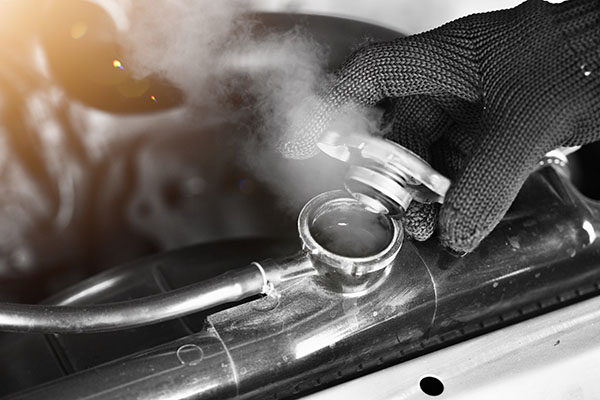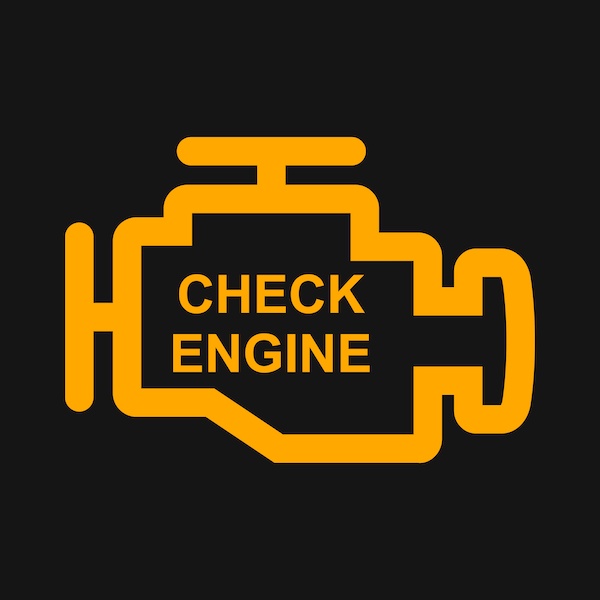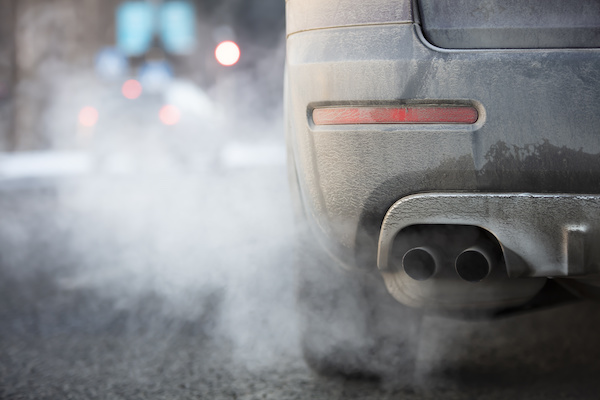Posted on 6/30/2023

For businesses that rely on a fleet of vehicles, efficiency, reliability, and cost-effectiveness are essential factors in maintaining successful operations. Fleet services offer comprehensive solutions tailored to the specific needs of businesses with multiple vehicles. Explore how fleet services can benefit your fleet below, from reducing maintenance costs and optimizing vehicle performance to improving safety and increasing overall productivity. 1. Streamlined Maintenance and Repairs One of the primary advantages of fleet services is the ability to streamline maintenance and repairs. Fleet service providers offer scheduled maintenance programs and preventive maintenance services to ensure that your vehicles are regularly inspected, serviced, and repaired as needed. This proactive approach helps identify and address potential issues before they become major problems, reducing downtime and minimizing costly breakdowns. 2. ... read more
Posted on 4/30/2023

Whether buying your first car or just staying under budget, the $15,000 price point is a balance of performance, comfort, and reliability. You will be able to find quite a lot of vehicles, from newer models with fewer extras to older ones with more features because of their price depreciation over the years. For that reason, we have chosen vehicles from 2014 to 2016, because of their lower price but still packing a lot in the looks and performance departments. Continue reading to find out our top three picks for cars under $15,000. 2015 Subaru BRZ/Toyota 86/Scion FRS If you are looking for a sportier-looking car, the Toyota and Subaru have something to offer. This vehicle shares a platform and is almost completely identical to the others - the BRZ/86/FRS. They come with a flat-4 engine making a respectable 200 HP - keep in mind that it's a couple; therefore lighter than usual. If you are into customizations, there is a big aftermarket for everything from bumpers ... read more
Posted on 3/16/2023

The cooling system in your car is one of the most important components. It circulates coolant from the radiator through the engine to keep temperatures stable and safe. Without a good cooling system, your engine will not function properly, resulting in major engine damage. It's important to understand some of the common warning signs of cooling system failure before it gets too serious. A Plus Automotive has put together a short list of common signs that your cooling system is beginning to fail. 1. Check Engine Light You might see the temperature warning light, the check engine light, or another warning light related to your cooling system. When these lights illuminate, it's time to get your vehicle inspected. If the check engine light is illuminated and you experience any of the symptoms listed below, the cooling system is almost certainly to blame. 2. Overheating As the name implies, the cooling system cools the engine so it can w ... read more
Posted on 2/28/2023

Every car owner has had the check engine light on at least once, and they know it's not good news. Despite that, if the car continues to run, seemingly without a problem, it's shrugged off and forgotten until it's too late. This is especially bad if the check engine light is blinking. Wondering why? Reading on, you will find out the differences between a solid and flashing engine light. Solid Check Engine Light When the check engine light is turned on and is not blinking, it serves as a warning. A warning that something is about to break or malfunction - you can also say that it is pointing directly to a repair shop. Blinking Check Engine Light A check engine light that is blinking means big trouble. It blinks, so your attention is drawn to it. Something serious inside of the vehicle has happened and needs repair ASAP. Despite its name, the check engine light doesn't only mean problems in the engine. It also means the transmission, electrical system, brakes ... read more
Posted on 1/31/2023

The cold winter season is here, and though it brings about many reasons to celebrate and relax, your car might not be one of them. The cold weather poses many negative effects to vehicles, read on to find out more! Dead Battery If your winters get freezing cold then you've probably run into this problem before. Car batteries are sensitive to extreme temperatures both hot and cold. Colder temperatures in particular cool down the car battery so much so that it is very difficult to start the car. To avoid such a dilemma, you'll need to start and drive your vehicle regularly throughout the season's weeks, this will keep the car battery charged and ready for work. Thickened Car Fluids The car has multiple different fluids the likes of: Oil Antifreeze Transmission fluid Coolant During the cold winter season, these fluids will thicken due to the cold winter temperatures. This change in texture means that these fluids will not flow as usual and as efficiently. This can cau ... read more